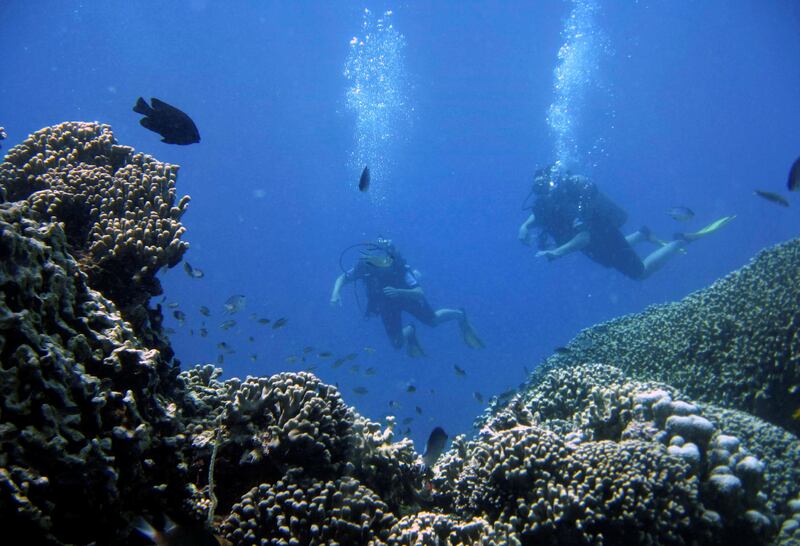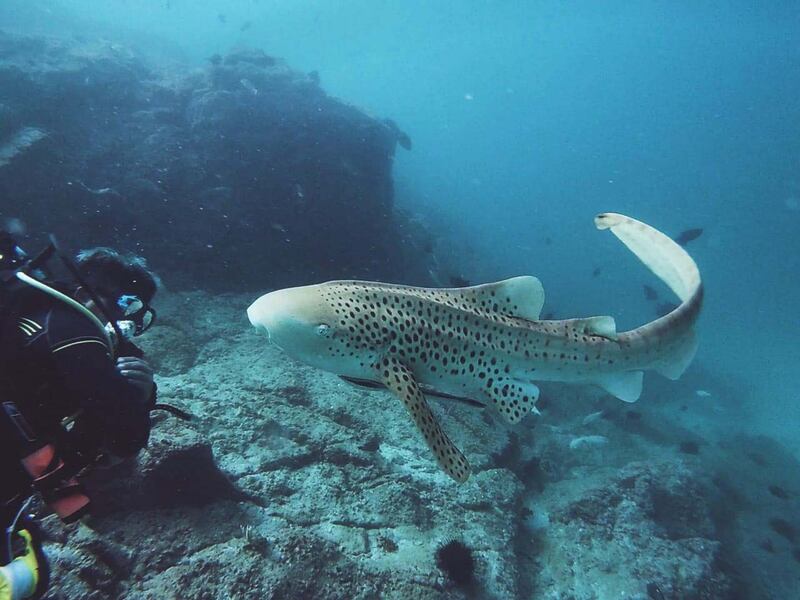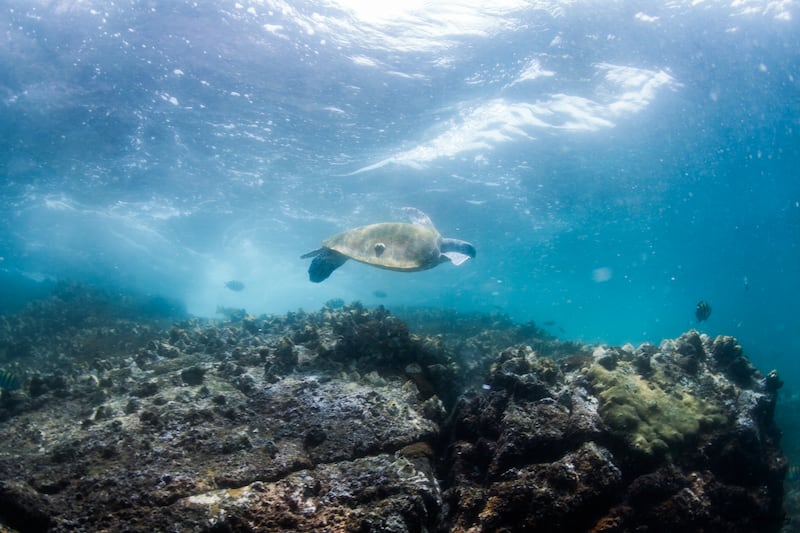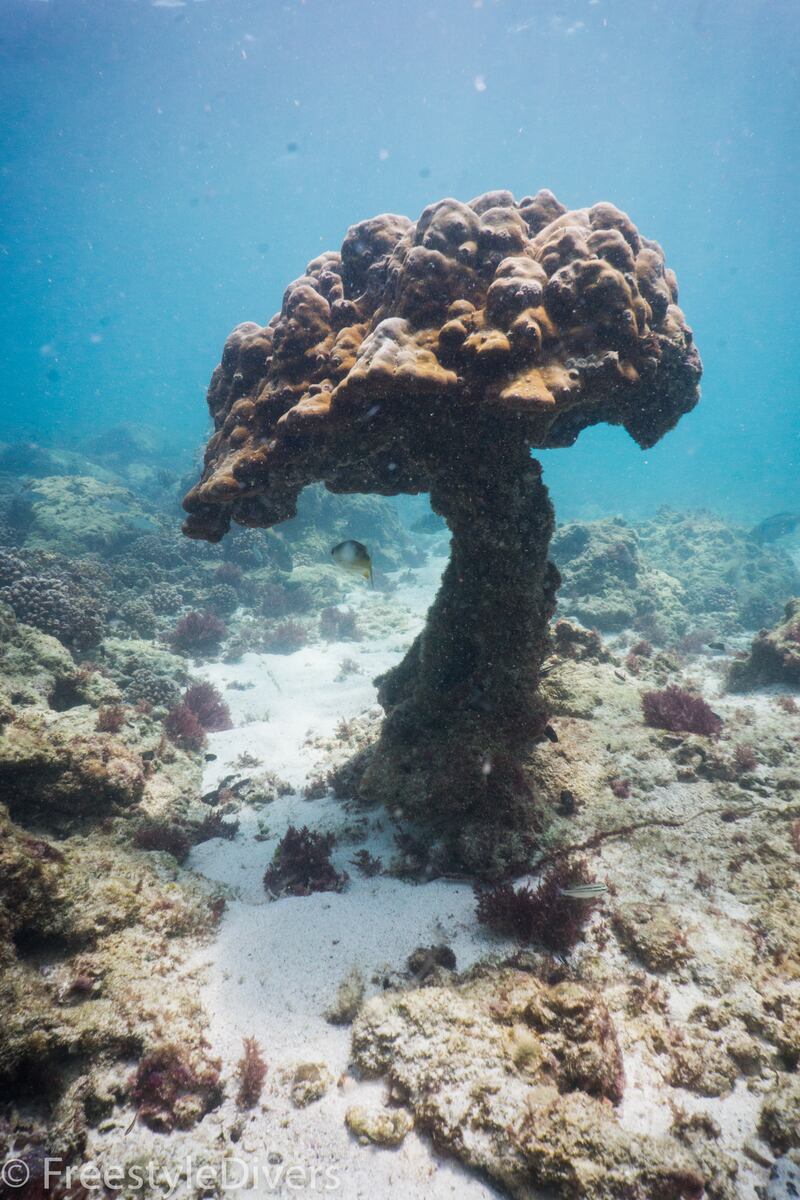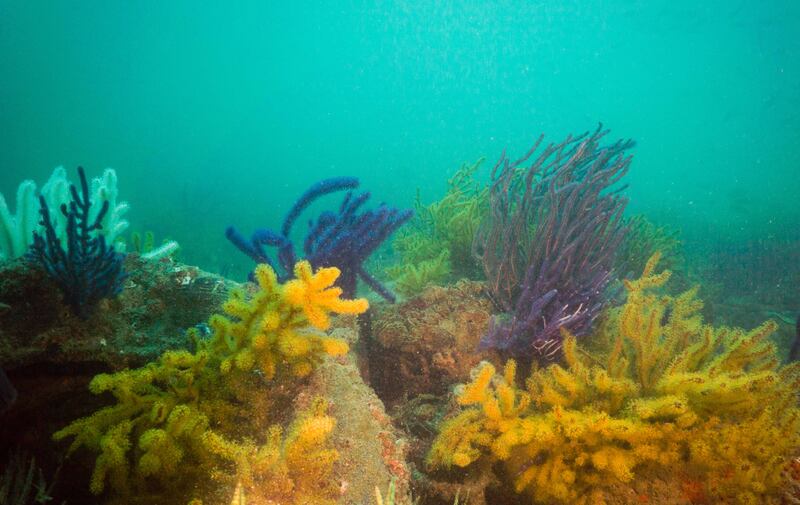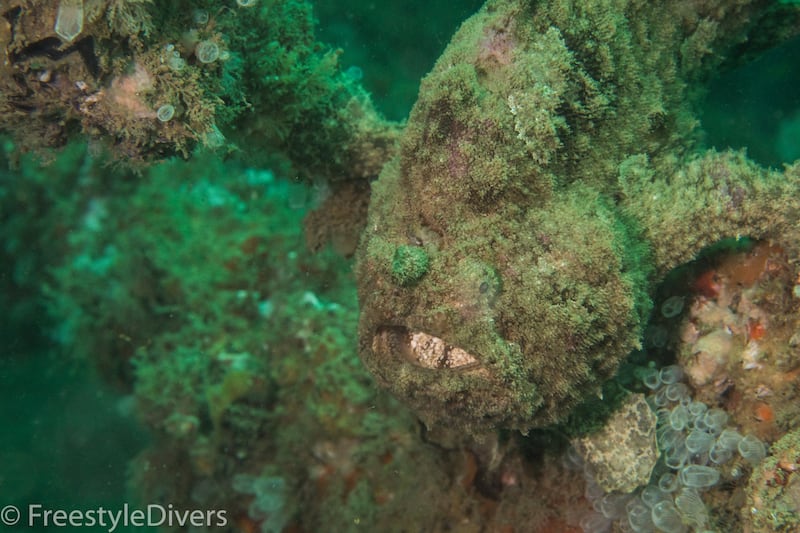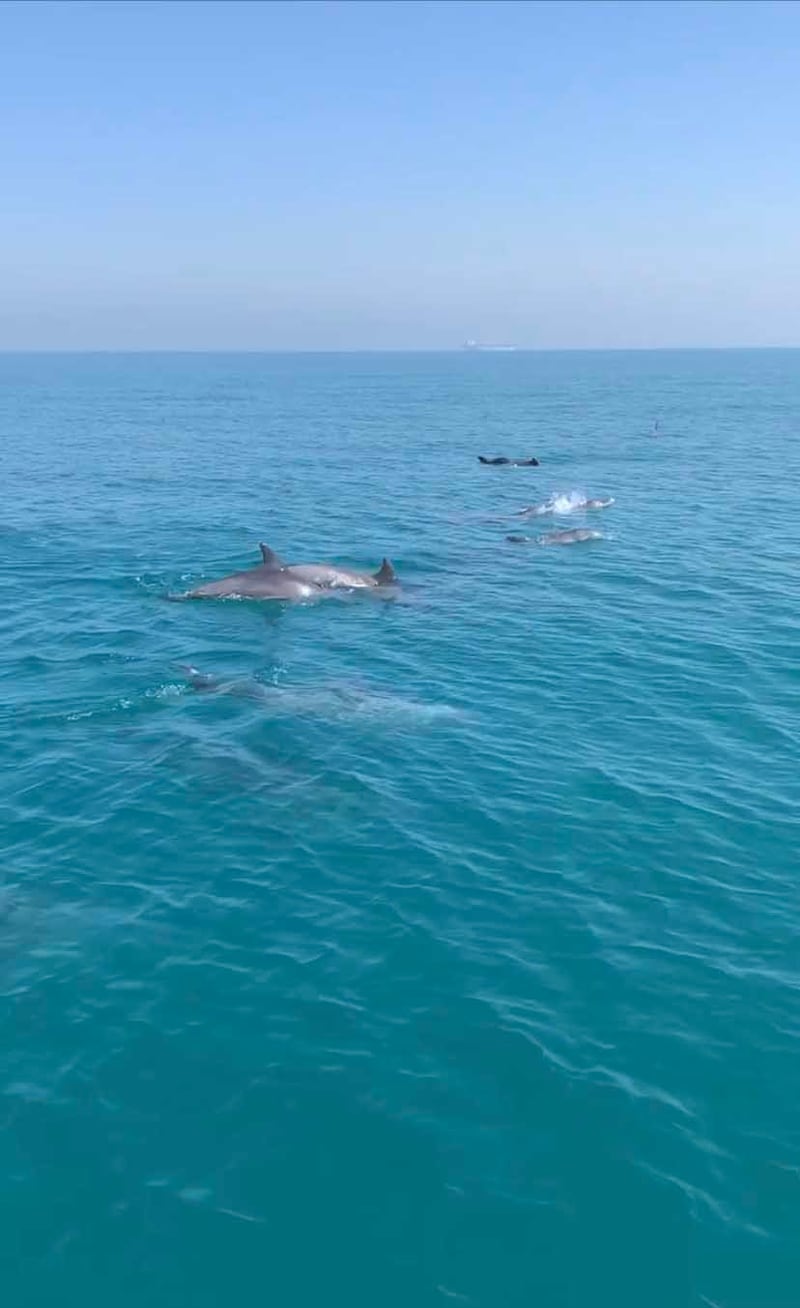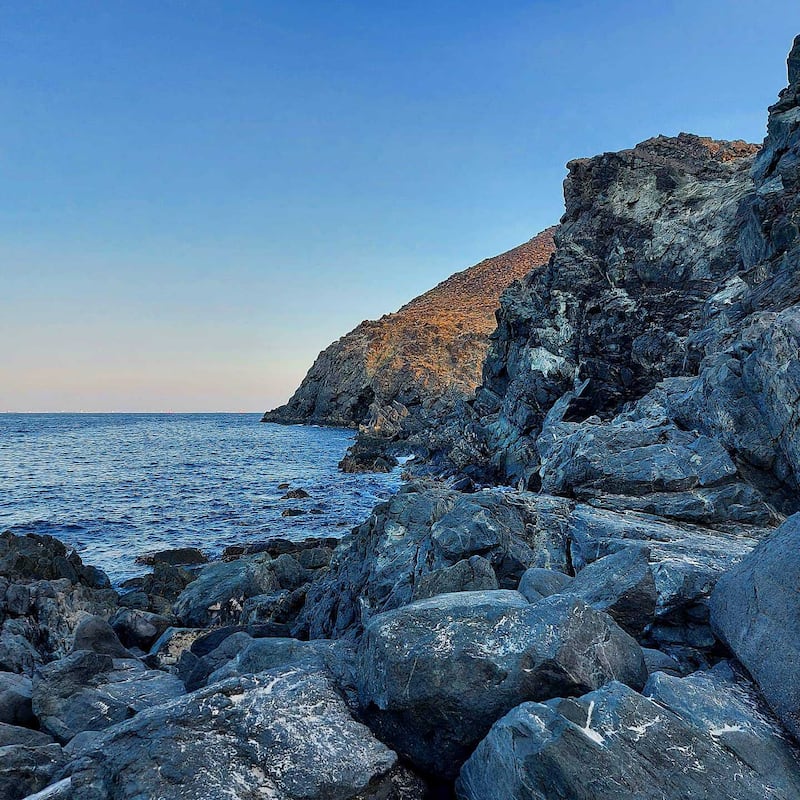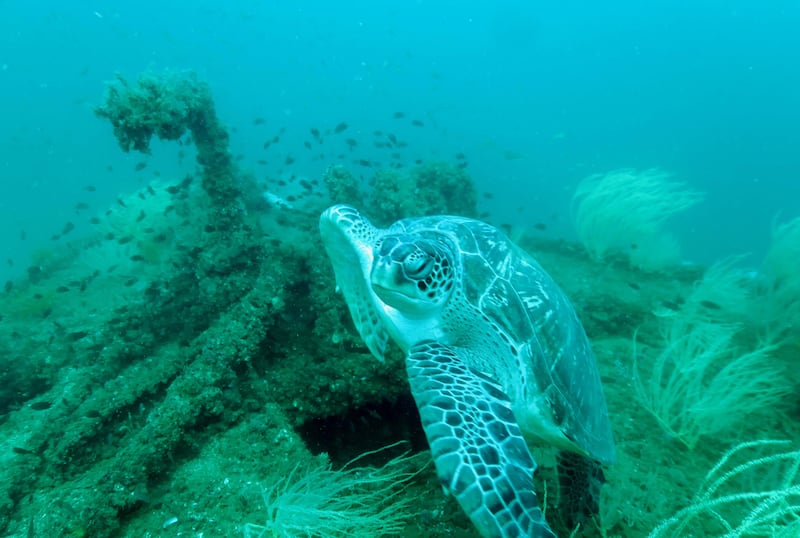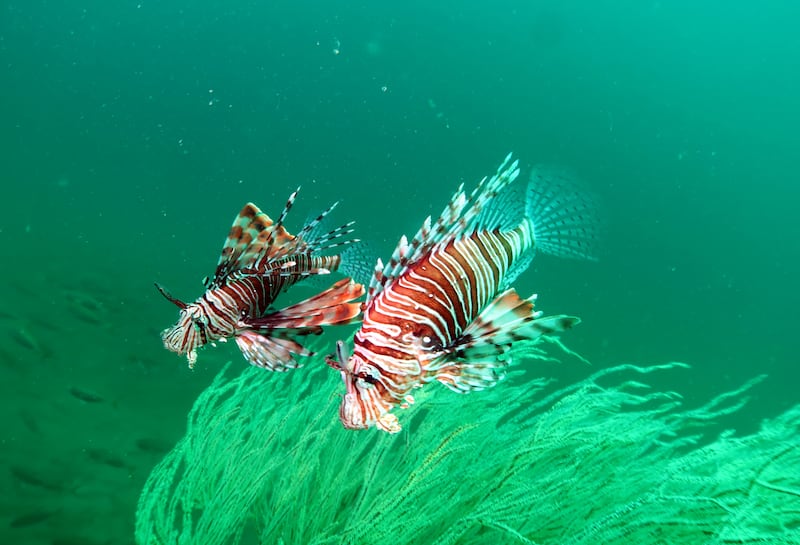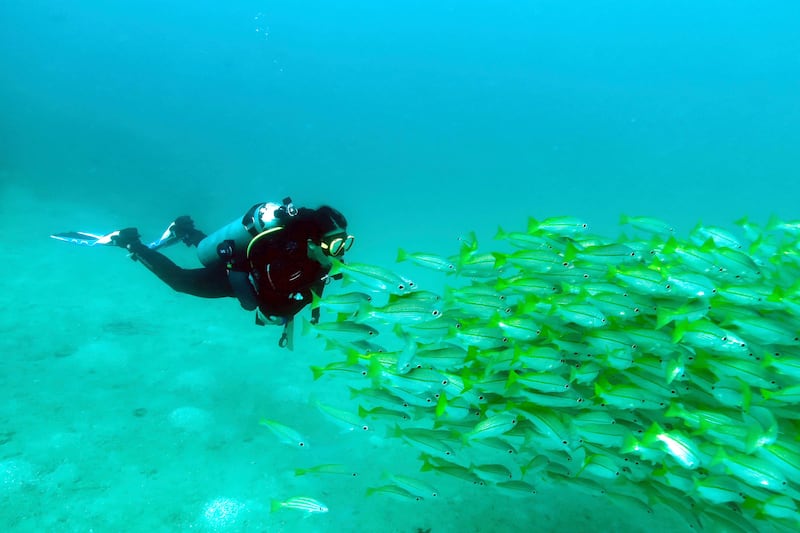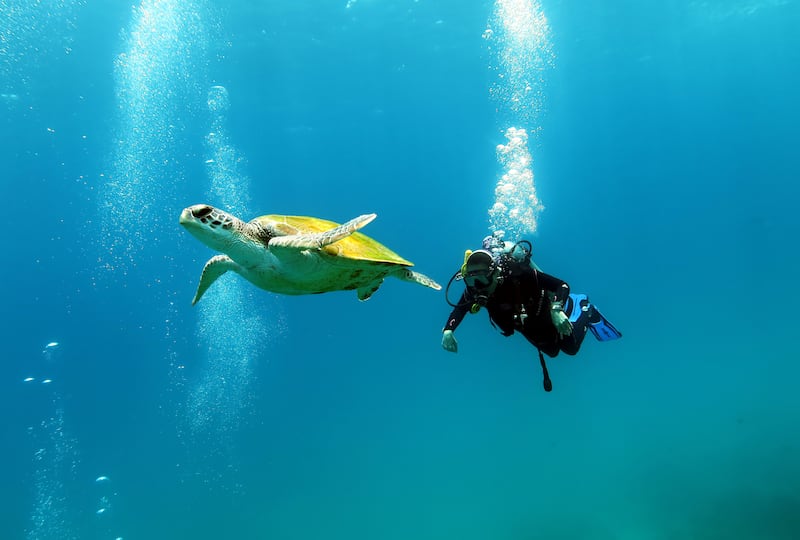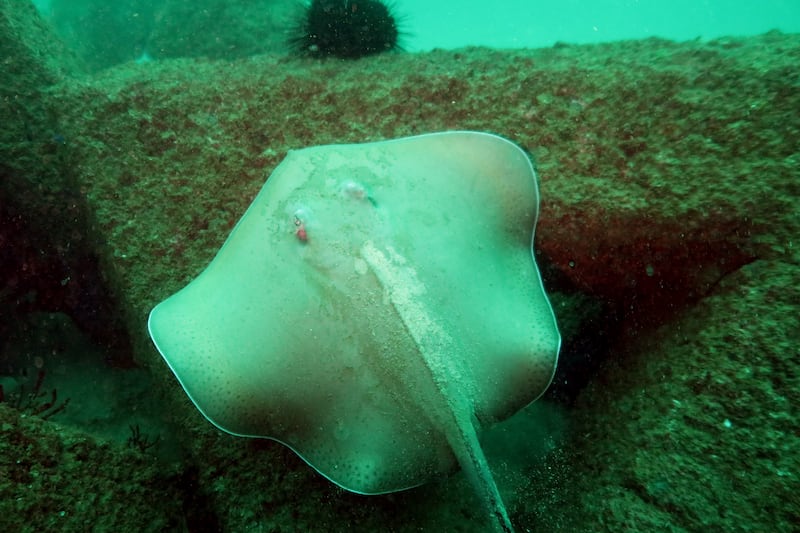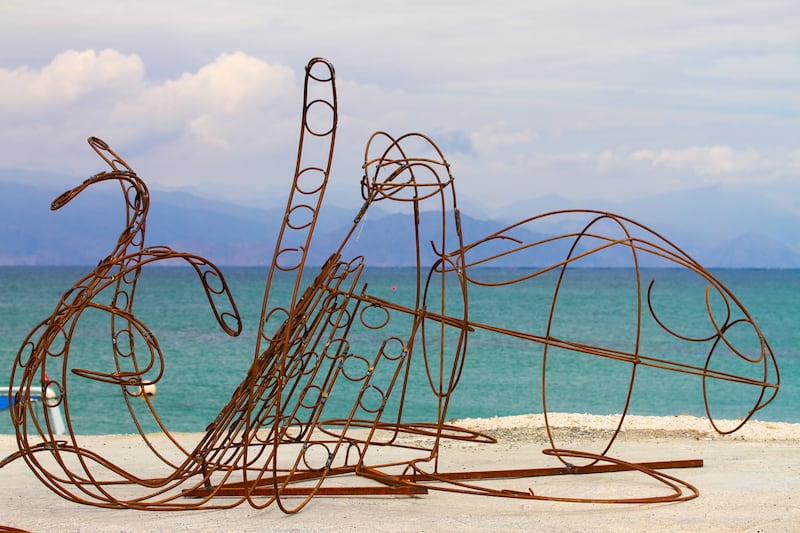Dubai Police treated 10 scuba divers for decompression sickness last year, highlighting the need to be prepared before heading into deep water.
They were helped to overcome the rare condition, otherwise known as the bends, using a decompression chamber at the Dubai Police Health Centre.
One patient, a 35-year-old Emirati, developed serious complications after diving four times consecutively without considering depths and timings, said Maj Ismail Hasan Mahmoud, director of oxygenating treatment at the General Department of Transport and Rescue.
"Nitrogen concentration in the man's tissues was very high,” he said.
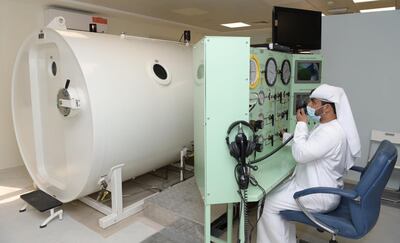
“As a result, the man experienced severe weakness in his feet, lower back pain, imbalanced walking, severe pain in the left shoulder with severe numbness in the lower limbs, and severe abdominal pain and difficulty urinating.”
The diver recovered after receiving a few sessions at the decompression chamber.
A rare occurrence but risks remain
Divers using compressed air absorb more gas the deeper they go. But ascending too fast can cause the pressure outside the body to fall rapidly, leading to these gases bubbling out into the blood and tissues, resulting in the bends.
“Historically they called it 'the bends' because when people went diving, they would come up from a dive and start to bend over with joint pains,” said Kathleen Russell, owner of Al Mahara Diving Centre in Abu Dhabi.
Decompression sickness is rare and not a risk if divers follow the rules and practise scuba diving planning, she said.
According to the Divers Alert Network, there are more than 1,000 diving-related injuries every year; about 10 per cent are fatal.
“I have been diving for more than 25 years and in terms of the numbers of cases I have come across myself and among our diving community I have only had one suspected case, maybe two,” she said.
“We have a community of technical divers [in the UAE], which increases the risk because they are doing longer and deeper dives. When they do longer and deeper dives beyond the recreational limits it can happen.”
Ms Russell likens it to when someone shakes a can of a fizzy drink.
When the can is opened, the bubbles explode out.
“It’s the same concept. When they come up too quickly, it forces the gas bubbles to also come out too quickly,” she said.
Injuries range from mild to serious, or result in death, depending where the gas bubbles are located.
Mild symptoms include itching or a rash.
But more serious signs include pains in the joints, shortness of breath, partial paralysis, or numbness and tingling.
“The danger would be a gas bubble getting trapped into going to the blood vessel. We call this arterial gas embolism,” Ms Russell said.
“It’s basically like having a gas bubble running through your blood vessel. The worst place it can get blocked is the heart and the brain, so it becomes an embolism.
“It causes partial paralysis. These bubbles can also get lodged in the central nervous system as well.”
Planning a safe dive
It can be a very serious condition, Ms Russell said. But she stressed it is easily avoided with proper planning.
“We have millions of divers around the world and the frequency of illness or sickness is very low,” she said.
The condition was first described by Sir Robert Boyle, often described as the world’s first chemist, in 1670 after he placed a snake in a chamber and removed the air rapidly with a vacuum.
In his journal, he wrote the viper’s “body and neck grew prodigiously tumid, and a blister appeared upon the back”.
